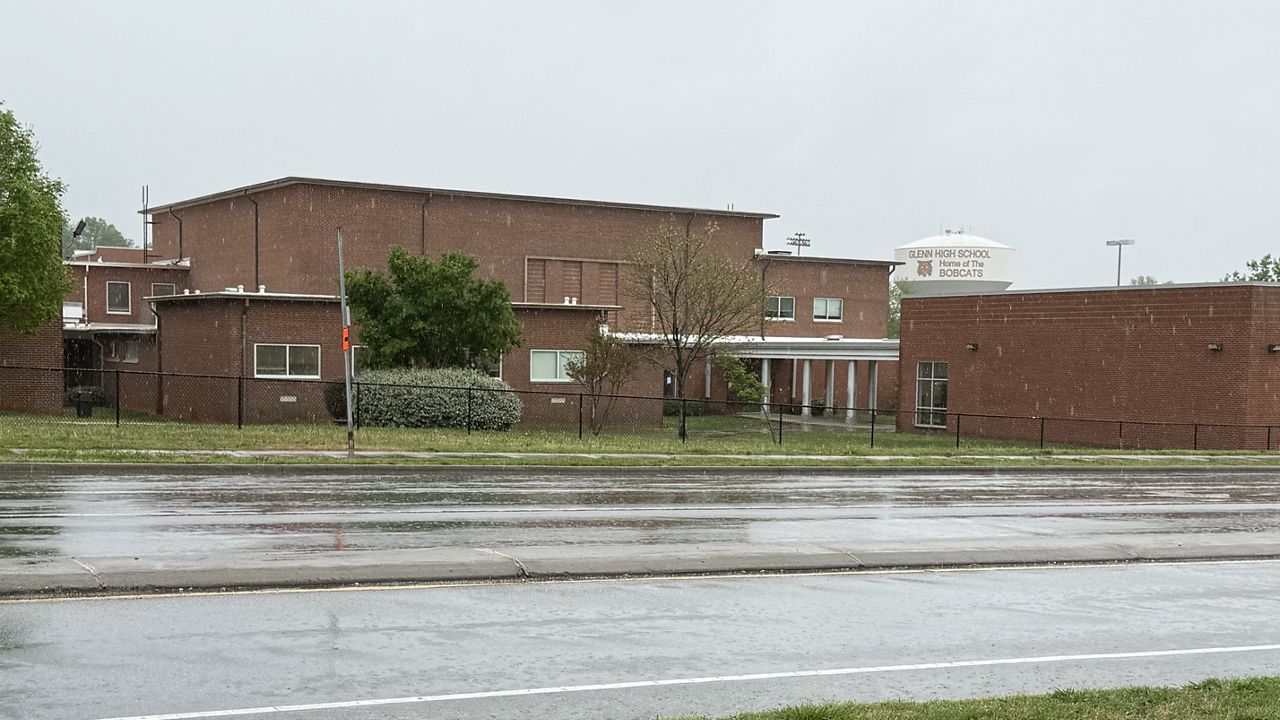FUQUAY-VARINA, N.C. — Severe weather is impacting communities across the U.S. A tornado touched down in Minnesota Wednesday night, the first-ever recorded tornado there in December.
What You Need To Know
- Current drought conditions are at levels last seen 13 years ago, according to Spectrum News One meteorologists
- Farmers are being impacted by climate change, including record drought and unseasonably warm December
- Ninth-generation farmer John Burt feeds hay to livestock during the drought, but that can become expensive
It comes on the heels of that deadly tornado outbreak that devastated eight states, including Kentucky.
In North Carolina, farmers are being impacted by a drought. According to Spectrum News One meteorologists, the last time there was a drought like this was over a decade ago.
John Burt is a ninth-generation farmer who has been farming since the age of 12. His farm is 710-acres, the second largest privately owned farm in Wake County, and has been in the family for more than 250 years.
While Burt is used to dealing with extreme weather patterns, he says he is concerned about the impact of climate change.
“It was challenging but we still made all of our crops. And every farmer I know still got all their crops done. In some ways, dry weather in the fall is good for soybean farmers or peanut farmers because they gotta have that dry weather to get everything dried down so they can harvest it,” Burt said.
"Farmers are about the pickiest people on weather," Burt said. "Because you want it really dry so we can get our crops in and then you want it to rain right after that so we can start planning the next crop for the next season.”"Farmers are about the pickiest people on weather," Burt said. "Because you want it really dry so we can get our crops in and then you want it to rain right after that so we can start planning the next crop for the next season.”
In the past, his family’s farm harvested crops like corn and tobacco, but now Burt has hay and livestock, including cows. Because of the driest spring on record, Burt had to feed his animals a lot more hay, which is expensive to do.
“In this spring’s case, we didn’t have any grass that was growing, we were feeding hay right up through until the end of May,” Burt said. “Normally, we finish up feeding hay probably around the middle of March or end of March, and we had to feed hay right on through.”
Burt says some farmers have to sell their cows if they can’t keep feeding them hay. He has an extra supply of hay for extreme weather conditions.
And while the unseasonably warm December temperatures haven’t been that bad for Burt, he has some concerns.
“The biggest thing is we want it to get cold in December so that the weeds will stop growing,” Burt said. “Because if the weeds don’t stop growing, they start trying to produce seed and then you got a bigger problem in spring when everything starts to grow again.”
As severe weather impacts much of the U.S., Burt thinks of farmers in other states whose livelihoods have been wiped out by natural disasters.
“In 2011, we had a lot of bad tornadoes here in North Carolina. We barely missed a bad one here on our farm. But, that’s the nature of the way that farming is. Your heart breaks for them. Certainly your thoughts and prayers go out to them. And hopefully it won’t happen to them again,” he said.
In addition to climate change, Burt is worried about man-made development projects upstream that push water downstream, causing flooding on his farm.










